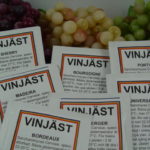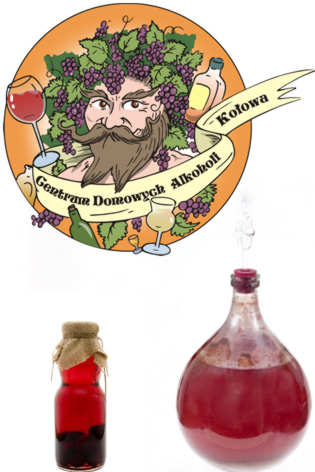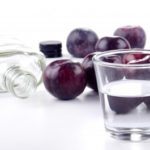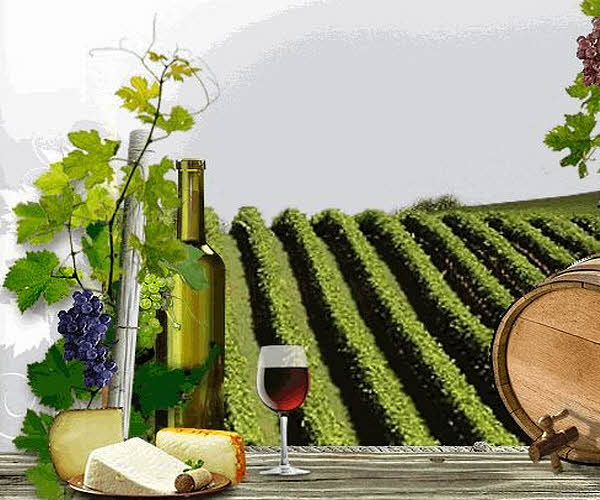Gorzałka czyli historia i zasady wypalania mocnych trunków
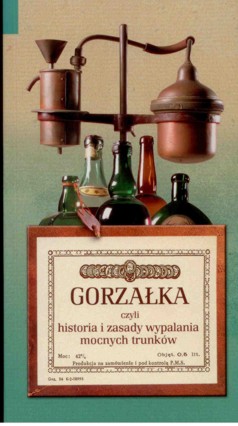
Wydanie 2004r.
177 stron
Format 120x230mm
Oprawa miękka
Bardzo ciekawie opracowana książka, przedstawiająca historię mocnych alkoholi w dziejach Świata.
Autor zabiera nas w historyczną podróż do źródeł wytwarzania alkoholu. Od Iw. przed naszą erą, gdzie Horacy, rzymski poeta studiujący filozofię w Grecji, pisał o zaletach win greckich.
Wszystkie nacje i kultury na całym świecie od tamtych czasów wychwalały alkohol jako antidotum na wszelkie dolegliwości i bolączki codziennego życia ziemskiego.
W Iw. naszej ery Plutarch – grecki historyk i filozof – już pisał: „wino jest najbardziej korzystnym ze wszystkich napojów , najbardziej przyjemnym z lekarstw oraz najmniej szkodliwym ze wszystkich przysmaków”.
Rzymianie zalecali picie napojów alkoholowych głosząc, że są to pewne, szybkie i przyjemne środki lecznicze.
W obrzędach chrześcijańskich alkohol też zajmował ważną pozycję np.: podczas wesela w Kanie Galilejskiej gdzie Jezus zamienia wodę w wino.
Ale nić nie przebije świąt Żydowskich.
Dla ortodoksyjnych Żydów, picie alkoholu jest nieodłącznym elementem wielu świąt religijnych (co nie, że fajnie? Religia zaleca spożywanie alkoholu). W trakcie święta Purim, upamiętniającego uchronienie Żydów od zagłady w perskim imperium, obowiązkiem religijnym jest picie alkoholu aż do utraty przytomności!
Ta wspaniała historyczna podróż po świecie i przeróżnych kulturach kończy się w nowożytnej Europie, od pierwszych zapisków o wyrobie piwa w Mezopotamii poprzez pierwsze próby arabskich alchemików i powstanie Aqua vitae do współczesnych technik destylacji i rektyfikacji spirytusu.
Następnie mamy bardzo ciekawe opisy powstawania regionalnych alkoholi: koniaki, armaniaki, grappa we Francji, whisky ze słodu jęczmiennego w Irlandii i Szkocji, gin w Anglii a genever w Holandii, no i nasza zbożowa gorzałka w Polsce.
Dalej autor przedstawia nam zasady i praktyczne wskazówki prawidłowej destylacji alkoholu, oraz jak zbudowany jest aparat destylacyjny.
Po tym wstępie przechodzimy do przepisów szczegółowych. Od wybrania surowca na zacier, poprzez wybór odpowiednich rodzajów drożdży gorzelniczych i na destylacji kończąc.
„Dobór drożdży to cała sztuka, a nawet nauka.
Bo jest to składnik najważniejszy
dla właściwej fermentacji.”
Tu należy wspomnieć, że we wszystkich przepisach zawartych w książce, mowa jest tylko o drożdżach i nie jest stosowane określenie drożdże gorzelniane. Wynika to z tego, że w tamtych czasach z których pochodzą przepisy, nie było jeszcze drożdży gorzelniczych. Do fermentacji używało się drożdży piekarskich, drożdży piwowarskich lub winiarskich. Dopiero rozwój nauki sprawił, że zostały wyodrębnione nowe szczepy drożdży stosowane w gorzelniach. Dopiero drożdże gorzelnicze miały dużo większą wydajność, większą wytrzymałość na alkohol i niepozostawiany nieprzyjemnego drożdżowego smaku i zapachu w gorzałce.
Przy okazji czytelniku sprawdź w
ankiecie które drożdże gorzelnicze do gorzałki są polecane w Polsce!
Trzecia część książki (najbardziej obszerna) to spis starych i sprawdzonych przepisów na gorzałkę. Znajdziemy tu przepisy:
jak przerabiać żyto, jęczmień, słód, kukurydzę czy kartofle na spirytus
jak przygotować zacier na śliwowicę
jak przerabiać owoce na spirytus
jak przygotować cukrówkę (jednak jest to bardzo stary przepis, który nie nadaje się obecnie do stosowania, aby dowiedzieć się jak przygotować cukrówkę zalecam przeczytanie naszego artykułu)
jak przygotować wódki owocowe, ziołowe, słodzone, gorzkie i żołądkowe
i wiele innych bardzo smacznych przepisów na ciekawe wódki domowe.
Znaleziono w Google poprzez frazy:
- gorzałka
- aparatura do destylacji spirytusu
- aparaty do destylacji alkoholu
- destylaty alkoholowe
- zasady destylacji
- gorzałka przepis
- różne metody rektyfikacji spirytusu z cukrówek
- bimber z kukurydży przepis
- historia destylacji alkoholu
- historyczne aparaty destylacyjne
